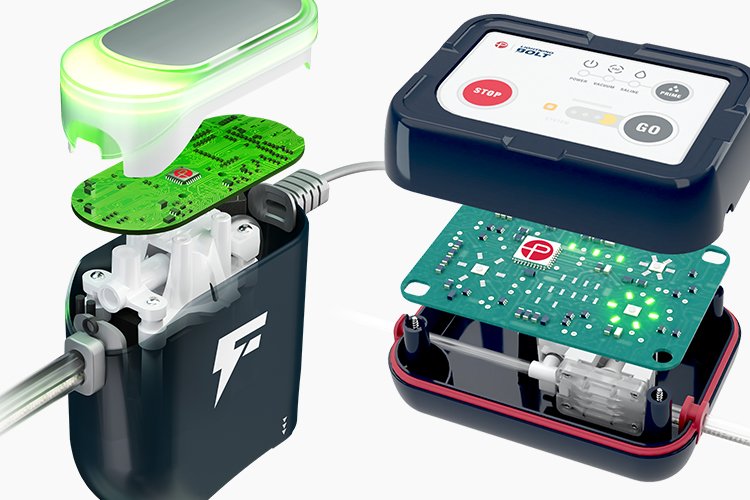
Recent THRIVE Study data show that Penumbra’s computer assisted vacuum thrombectomy (CAVT) technology not only has the potential to improve outcomes for lower extremity acute limb ischemia (LE-ALI) patients, but may also reduce healthcare resource use, thus potentially lowering overall costs for the healthcare system.1 The latest data was presented on June 6th at the Vascular Annual Meeting in New Orleans by Charles Bailey, M.D., medical director of the Limb Preservation & Peripheral Arterial Disease at Emory University School of Medicine.
The data show that U.S. patients who underwent a CAVT procedure to manage LE-ALI had significantly shorter length of stays, higher discharge-to-home rates, reduced complications, and fewer related readmissions compared to other modalities.
“The THRIVE analysis reveals that LE-ALI patients who receive advanced therapies, such as CAVT, ultimately experience fewer complications and utilize fewer hospital resources compared to embolectomy,” said Dr. Bailey. “By showing important benefits for both patient care and healthcare system economics, these findings support the continued adoption of CAVT as a frontline therapy for LE-ALI.”
ALI affects as many as 259,000 Americans per year and is associated with significant in-hospital mortality (5% to 18%).2 Patients also face short- and long-term complications, including a one-year amputation rate of 7.5%, while five-year amputation-free survival is low at just 36.7%, according to one study.3 Lower extremity amputations are associated with additional resource utilization costs of $110,000 per patient.4,a
The THRIVE Study compared CAVT to embolectomy alone and embolectomy with adjunctive bypass, and the results showed that CAVT was associated with:
--A 99.1% limb salvage rate
--2.3 to 2.4 times lower amputation rate
--46% to 75% higher rate of patients discharged to home
--26% to 46% shorter total hospital length of stay
--33% to 55% lower 30-day LE-ALI-related readmission rate, excluding mortality
The researchers performed the analysis by utilizing the Vizient Clinical Data Base to identify adult patients discharged with lower extremity acute limb ischemia over a three-year period. Sg2, a Vizient company, used propensity score matching at a 1:1 ratio based on demographics and comorbidities, payer, and hospital type to match CAVT patients (Lightning® 7 and Lightning 12) to embolectomy alone and embolectomy with adjunctive bypass patients, and completed the analysis with 2,619 total patients.